Home>Home Appliances>Home Automation Appliances>How To Create Your Own Alexa Skill
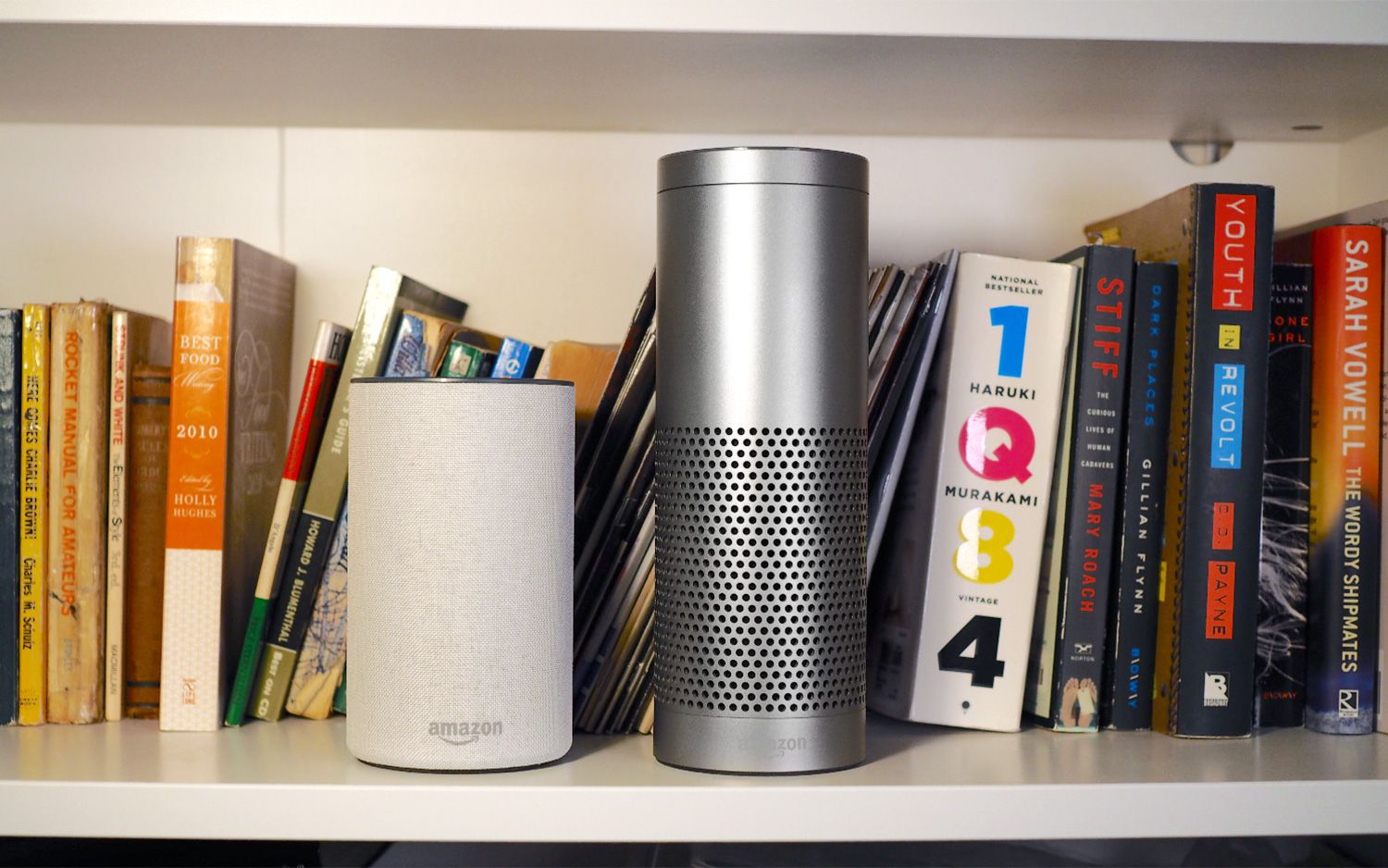

Home Automation Appliances
How To Create Your Own Alexa Skill
Published: December 30, 2023
Learn how to create your own Alexa skill for home automation appliances with our step-by-step guide. Start building your smart home today!
(Many of the links in this article redirect to a specific reviewed product. Your purchase of these products through affiliate links helps to generate commission for Storables.com, at no extra cost. Learn more)
Introduction
Welcome to the exciting world of voice technology! With the rapid advancements in artificial intelligence and natural language processing, voice-controlled devices have become an integral part of modern households. Among these, Amazon's Alexa stands out as a versatile virtual assistant that can perform a wide range of tasks through voice commands. One of the most intriguing features of Alexa is its ability to integrate custom skills, allowing users to extend its functionality and tailor it to their specific needs.
In this comprehensive guide, we will delve into the process of creating your own Alexa skill, empowering you to unleash your creativity and bring your unique ideas to life in the form of a voice-activated application. Whether you're a developer looking to explore the realm of voice interfaces or an enthusiast eager to build a custom voice experience, this step-by-step tutorial will equip you with the knowledge and tools needed to embark on this fascinating journey.
Throughout this tutorial, we will cover the fundamental concepts of Alexa skills, provide guidance on setting up your development environment, walk you through the process of creating your first Alexa skill, and offer insights into testing, debugging, and publishing your skill. By the end of this guide, you will have the confidence and expertise to design, build, and deploy your very own Alexa skill, ready to enrich the lives of Alexa users around the world.
So, without further ado, let's embark on this exhilarating adventure into the realm of voice technology and learn how to create your own Alexa skill from scratch. Whether you aspire to develop a skill that simplifies daily tasks, entertains users with interactive experiences, or delivers valuable information through voice interactions, this tutorial will provide you with the essential knowledge and resources to turn your vision into reality. Get ready to unleash your creativity and make a meaningful impact in the ever-evolving landscape of voice technology.
Key Takeaways:
- Creating your own Alexa skill is an exciting journey that empowers you to unleash your creativity and bring unique voice-activated ideas to life, whether you’re a developer or an enthusiast.
- By following the step-by-step process of designing, developing, testing, and publishing your Alexa skill, you can captivate and enrich the lives of users with innovative voice experiences.
Read more: How To Create Your Own Barndominium Interior
Understanding Alexa Skills
Before delving into the technical aspects of creating an Alexa skill, it's crucial to grasp the fundamental concepts that underpin the functionality and versatility of Alexa skills. In essence, an Alexa skill represents a voice-activated application that enables users to interact with Alexa to perform specific tasks, access information, or engage in various experiences. These skills can range from simple, single-purpose commands to complex, multi-turn interactions, offering a diverse array of capabilities to enhance the user's interaction with Alexa.
At the core of every Alexa skill lies the interaction model, which defines how users can communicate with the skill and the types of requests it can handle. This model encompasses both the voice user interface (VUI) design and the underlying logic that processes and responds to user inputs. When designing an Alexa skill, it's essential to carefully craft the voice interactions to ensure a seamless and intuitive user experience, guiding users through the various capabilities and functionalities of the skill.
Furthermore, Alexa skills leverage cloud-based services to execute tasks and retrieve information, enabling them to access external resources and perform complex operations beyond the capabilities of the device itself. This integration with external APIs, databases, and web services empowers Alexa skills to deliver dynamic and personalized experiences, enriching the user interaction with real-time data and custom-tailored content.
It’s important to note that Alexa skills are built using cloud-based infrastructure and are hosted on the Amazon Web Services (AWS) platform. This allows developers to leverage the scalability, reliability, and security of AWS to deploy and manage their skills, ensuring high performance and availability for users across the globe.
As the ecosystem of Alexa skills continues to expand, developers have the opportunity to explore various skill types, including custom skills, smart home skills, flash briefing skills, and more. Each skill type caters to distinct use cases and user scenarios, offering developers the flexibility to create tailored experiences that align with their specific objectives and target audience.
By understanding the underlying architecture and capabilities of Alexa skills, developers and creators can harness the full potential of voice technology to build innovative and engaging experiences that resonate with users. With a solid grasp of the foundational principles of Alexa skills, you’ll be well-prepared to embark on the journey of creating your own skill and contributing to the ever-growing ecosystem of voice-enabled applications.
Setting Up Your Development Environment
Before diving into the process of creating your own Alexa skill, it’s essential to set up your development environment to ensure a smooth and efficient workflow. Amazon provides a comprehensive set of tools and resources that streamline the skill development process, allowing developers to focus on crafting engaging voice experiences without being encumbered by complex setup procedures.
The first step in setting up your development environment involves creating an Amazon Developer account, which grants you access to the Alexa Skills Kit (ASK) developer console and other essential resources for skill development. By registering as an Amazon Developer, you gain access to the necessary tools, documentation, and support to bring your skill ideas to fruition.
Once you have your Amazon Developer account in place, the next crucial component is the Alexa Skills Kit Command Line Interface (ASK CLI), a powerful tool that enables you to manage and deploy your Alexa skills from the command line. The ASK CLI simplifies skill management tasks, such as creating new skills, updating skill configurations, and deploying skill code, offering a streamlined approach to skill development and deployment.
Furthermore, you’ll need to set up an Amazon Web Services (AWS) account, as Alexa skills rely on AWS Lambda for hosting the skill’s backend logic. AWS Lambda provides a serverless computing environment that allows you to run code without provisioning or managing servers, making it an ideal choice for hosting the backend logic of your Alexa skill. By configuring your AWS account and familiarizing yourself with AWS Lambda, you’ll be well-equipped to deploy and manage the cloud-based components of your skill.
For developers who prefer an integrated development environment (IDE) for coding, Amazon offers the Alexa Skills Kit SDK for Node.js, which provides a set of libraries and tools for building Alexa skills using Node.js. This SDK simplifies the process of handling Alexa requests, managing skill state, and integrating external services, offering a convenient framework for Node.js developers to create robust and feature-rich Alexa skills.
By setting up your development environment with the necessary accounts, tools, and resources, you’ll lay the groundwork for a productive and rewarding journey into Alexa skill development. With the infrastructure in place, you can focus on unleashing your creativity and bringing your vision to life through the power of voice technology. In the next section, we’ll explore the process of creating your first Alexa skill, leveraging the foundational knowledge and resources you’ve established in your development environment.
Creating Your First Alexa Skill
Now that you’ve set up your development environment, it’s time to embark on the exciting journey of creating your first Alexa skill. Whether you’re a seasoned developer or a newcomer to voice technology, Amazon provides a user-friendly interface and a wealth of resources to guide you through the process of bringing your skill idea to life.
The Alexa Skills Kit (ASK) developer console serves as the central hub for creating and managing your Alexa skills. Within the console, you can initiate the creation of a new skill, define its interaction model, configure its backend logic, and test its functionality, all within a unified and intuitive interface. This streamlined approach empowers you to focus on the creative aspects of skill design while leveraging the robust capabilities of the ASK developer console.
The first step in creating your skill involves defining its interaction model, which encompasses the intents, utterances, and slots that enable users to engage with the skill through voice commands. Intents represent the actions or requests that users can make, while utterances are the specific phrases users might say to invoke those intents. Slots, on the other hand, capture specific pieces of information within user utterances, allowing for dynamic and personalized interactions with the skill.
Once you’ve crafted the interaction model, you can proceed to implement the skill’s backend logic, which dictates how the skill processes user requests, retrieves data, and generates responses. This backend logic is typically implemented using AWS Lambda functions, which can be seamlessly integrated with the skill through the ASK developer console. By defining the skill’s behavior and responses in the backend code, you can imbue your skill with custom functionality and dynamic content tailored to the user’s needs.
Furthermore, the ASK developer console provides a built-in code editor and testing environment, enabling you to iteratively develop and fine-tune your skill’s logic while instantly validating its behavior through simulated voice interactions. This iterative development approach allows you to refine the skill’s functionality, handle edge cases, and ensure a compelling user experience before deploying the skill to a wider audience.
As you progress through the process of creating your first Alexa skill, you’ll have the opportunity to explore various features and capabilities offered by the ASK developer console, ranging from skill certification and publishing to analytics and user engagement insights. This holistic approach equips you with the tools and knowledge to not only build your skill but also monitor its performance and iteratively enhance its capabilities based on user feedback and usage data.
By leveraging the resources and features provided by the ASK developer console, you can unleash your creativity and bring your skill concept to fruition, ready to captivate and delight users with compelling voice interactions. In the next section, we’ll delve into the crucial aspects of testing and debugging your Alexa skill, ensuring its robustness and reliability before sharing it with the world.
When creating your own Alexa skill, focus on providing value to the user. Think about what problem your skill can solve or what convenience it can offer. This will help you create a skill that people will want to use.
Testing and Debugging Your Alexa Skill
Once you’ve created your Alexa skill, thorough testing and debugging are essential to ensure its functionality and user experience meet the highest standards. Amazon provides a range of tools and techniques to facilitate the testing and debugging process, empowering you to identify and address potential issues before deploying your skill to a wider audience.
The Alexa Skills Kit (ASK) developer console offers a comprehensive testing environment that allows you to simulate voice interactions with your skill, enabling you to validate its behavior and responses across various user scenarios. Through the console’s built-in testing interface, you can submit voice commands, inspect the skill’s responses, and assess its handling of different intents and utterances, providing valuable insights into the skill’s performance and user interaction flow.
Additionally, the ASK developer console supports the use of test scripts, which enable you to define and execute scripted test scenarios to systematically evaluate the skill’s behavior under different conditions. By creating and running test scripts, you can thoroughly assess the skill’s robustness, edge case handling, and error recovery mechanisms, ensuring a seamless and reliable user experience across diverse usage scenarios.
Furthermore, Amazon provides a suite of debugging and monitoring tools that allow you to analyze the skill’s runtime behavior, log and track user interactions, and diagnose potential issues within the skill’s backend logic. By leveraging these debugging capabilities, you can gain valuable insights into the skill’s performance, identify bottlenecks or errors, and refine its behavior to deliver a polished and responsive user experience.
As part of the testing process, it’s crucial to engage in real-world testing by deploying the skill to a limited group of beta testers or using it in a live environment. This real-world testing phase provides invaluable feedback on the skill’s usability, performance, and user satisfaction, allowing you to gather insights from actual user interactions and refine the skill based on real-world usage patterns and feedback.
By rigorously testing and debugging your Alexa skill, you can instill confidence in its reliability and performance, setting the stage for a successful deployment and positive user reception. The insights gained from testing and debugging not only enhance the skill’s quality but also inform future iterations and enhancements, ensuring that your skill continues to evolve and delight users with compelling voice experiences.
In the subsequent section, we’ll explore the pivotal steps involved in publishing your Alexa skill, guiding you through the process of making your skill available to a global audience of Alexa users.
Read more: How To Create Your Own Home Decor Brand
Publishing Your Alexa Skill
After creating, testing, and refining your Alexa skill, the next crucial step is to publish it, making it available to a wide audience of Alexa users. Amazon provides a straightforward and guided process for publishing Alexa skills, empowering you to share your innovative voice experience with users around the world.
Before initiating the publishing process, it’s essential to ensure that your skill complies with Amazon’s certification requirements and guidelines. These requirements encompass aspects such as content policies, user data privacy, voice interface design best practices, and overall user experience standards. By meticulously reviewing and addressing these requirements, you can align your skill with Amazon’s quality and usability standards, laying the groundwork for a successful certification and publication process.
Once your skill meets the certification criteria, you can proceed to submit it for review through the Alexa Skills Store section of the Amazon Developer Console. During the review process, Amazon’s certification team evaluates your skill to ensure that it adheres to the platform’s policies and provides a compelling and reliable user experience. This review encompasses aspects such as functionality, content appropriateness, voice interface usability, and adherence to Amazon’s guidelines.
Throughout the review process, it’s essential to remain responsive to any feedback or requests for clarification from the certification team, addressing any identified issues or concerns in a timely and thorough manner. By engaging collaboratively with the certification team, you can expedite the review process and ensure that your skill aligns with Amazon’s quality standards, paving the way for a successful publication.
Upon successful completion of the review process, your skill will be certified and published to the Alexa Skills Store, where it becomes accessible to millions of Alexa users worldwide. This marks the culmination of your efforts in creating, refining, and preparing your skill for public consumption, offering users the opportunity to discover and engage with your voice experience through their Alexa-enabled devices.
Following the publication of your skill, Amazon provides robust analytics and reporting tools that enable you to monitor its performance, track user engagement, and gain insights into usage patterns and user feedback. By leveraging these analytics, you can refine and enhance your skill based on real-world usage data, ensuring that it continues to resonate with users and deliver meaningful voice interactions.
With your skill successfully published and accessible to a global audience, you have the opportunity to captivate and enrich the lives of Alexa users with your innovative voice experience. Whether your skill empowers users with practical utilities, entertains them with engaging content, or delivers valuable information, its publication marks a significant milestone in your journey as a creator in the thriving ecosystem of Alexa skills.
In the concluding section, we’ll summarize the key insights and takeaways from this guide, encapsulating the essential steps and considerations for creating and publishing your own Alexa skill, and inspiring you to continue exploring the boundless possibilities of voice technology.
Conclusion
Congratulations on embarking on the exhilarating journey of creating your own Alexa skill! Throughout this comprehensive guide, we’ve explored the intricacies of designing, developing, and publishing a compelling voice experience, equipping you with the knowledge and resources to unleash your creativity and contribute to the vibrant ecosystem of Alexa skills.
By delving into the realm of voice technology and Alexa skills, you’ve gained a deep understanding of the fundamental concepts that underpin voice interactions, the tools and platforms that facilitate skill development, and the pivotal steps involved in crafting a polished and engaging skill. Whether you’re a developer seeking to explore the frontiers of voice interfaces or an enthusiast eager to bring your unique ideas to life, this guide has provided you with the essential insights to embark on this captivating journey.
From setting up your development environment and creating your first Alexa skill to testing, debugging, and ultimately publishing your skill to a global audience, you’ve navigated the intricate and rewarding process of skill development with confidence and proficiency. The skills and expertise you’ve acquired along this journey position you to continue innovating and refining your voice experiences, ensuring that your skills resonate with users and deliver meaningful interactions.
As you venture forward, remember that the world of voice technology is brimming with possibilities, waiting to be explored and harnessed to create impactful and delightful experiences. Whether you aspire to develop skills that streamline daily tasks, entertain users with immersive content, or provide valuable information through voice interactions, your journey as a creator in the realm of Alexa skills is filled with boundless potential and opportunities to make a meaningful impact.
As you continue to refine and enhance your skills, Amazon’s robust analytics and reporting tools will empower you to gain insights from user engagement and usage data, guiding you in iteratively improving and evolving your skills based on real-world interactions and feedback. This iterative approach ensures that your skills remain relevant, engaging, and responsive to the evolving needs and preferences of users.
With your skill published and accessible to a global audience of Alexa users, you have the opportunity to captivate, entertain, and enrich the lives of users with your innovative voice experiences. Your contributions to the Alexa skills ecosystem add vibrancy and diversity, shaping the landscape of voice technology and inspiring others to explore the possibilities of creating their own compelling and impactful skills.
As you reflect on your journey and the skills you’ve brought to life, remember that the world of voice technology continues to evolve, presenting new avenues for exploration, innovation, and creativity. Whether you’re driven by a passion for technology, a desire to simplify and enhance everyday experiences, or a vision to entertain and inform users through voice interactions, your journey as a creator in the realm of Alexa skills is a testament to the limitless potential of human ingenuity and the transformative power of voice technology.
With this guide as your companion, you’re well-equipped to continue your exploration of voice technology, creating compelling and impactful experiences that resonate with users and enrich the ever-expanding world of Alexa skills. As you chart your course forward, may your creativity and passion continue to shape the future of voice technology, inspiring and captivating users with the magic of your voice experiences.
Frequently Asked Questions about How To Create Your Own Alexa Skill
Was this page helpful?
At Storables.com, we guarantee accurate and reliable information. Our content, validated by Expert Board Contributors, is crafted following stringent Editorial Policies. We're committed to providing you with well-researched, expert-backed insights for all your informational needs.



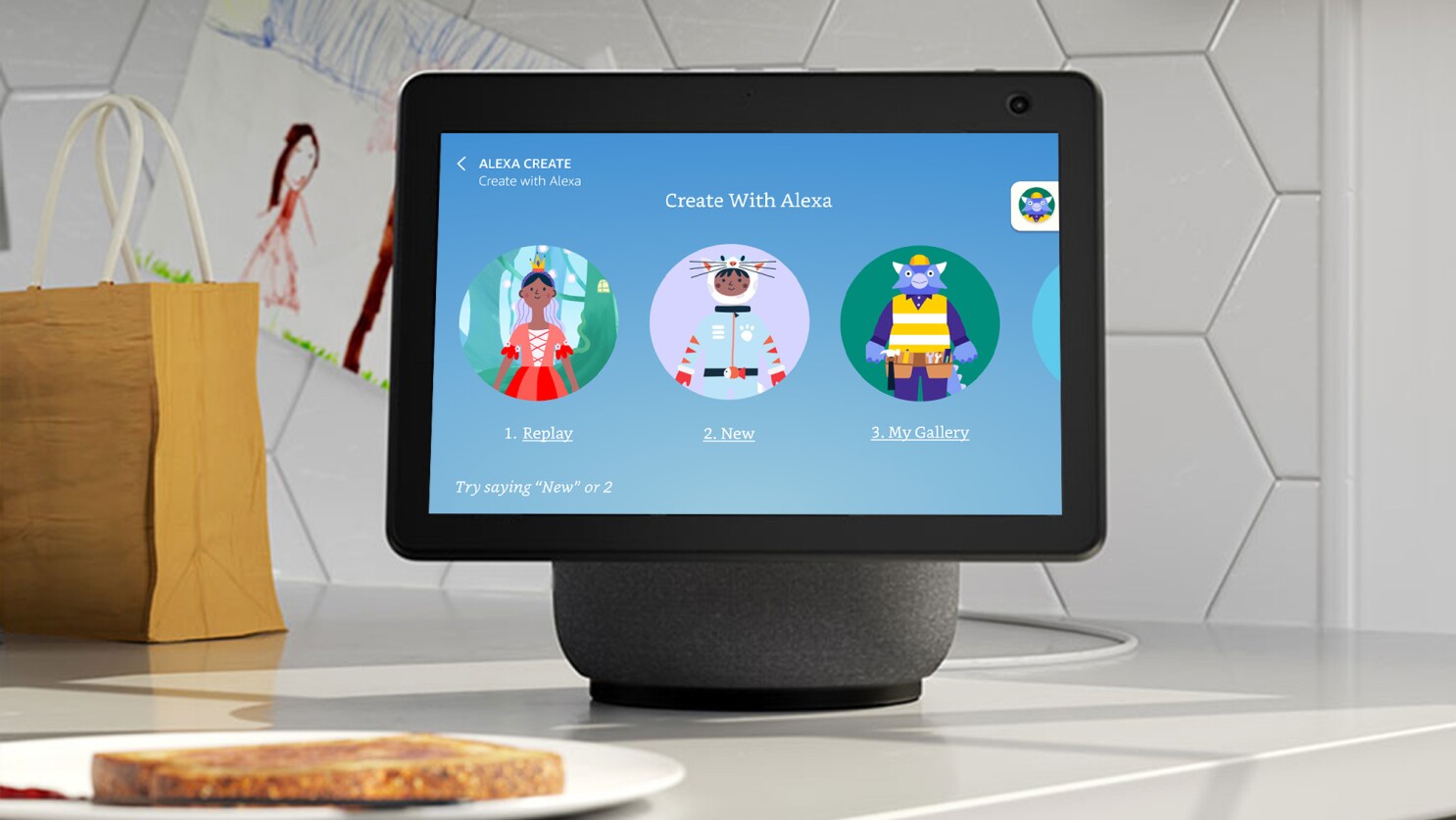
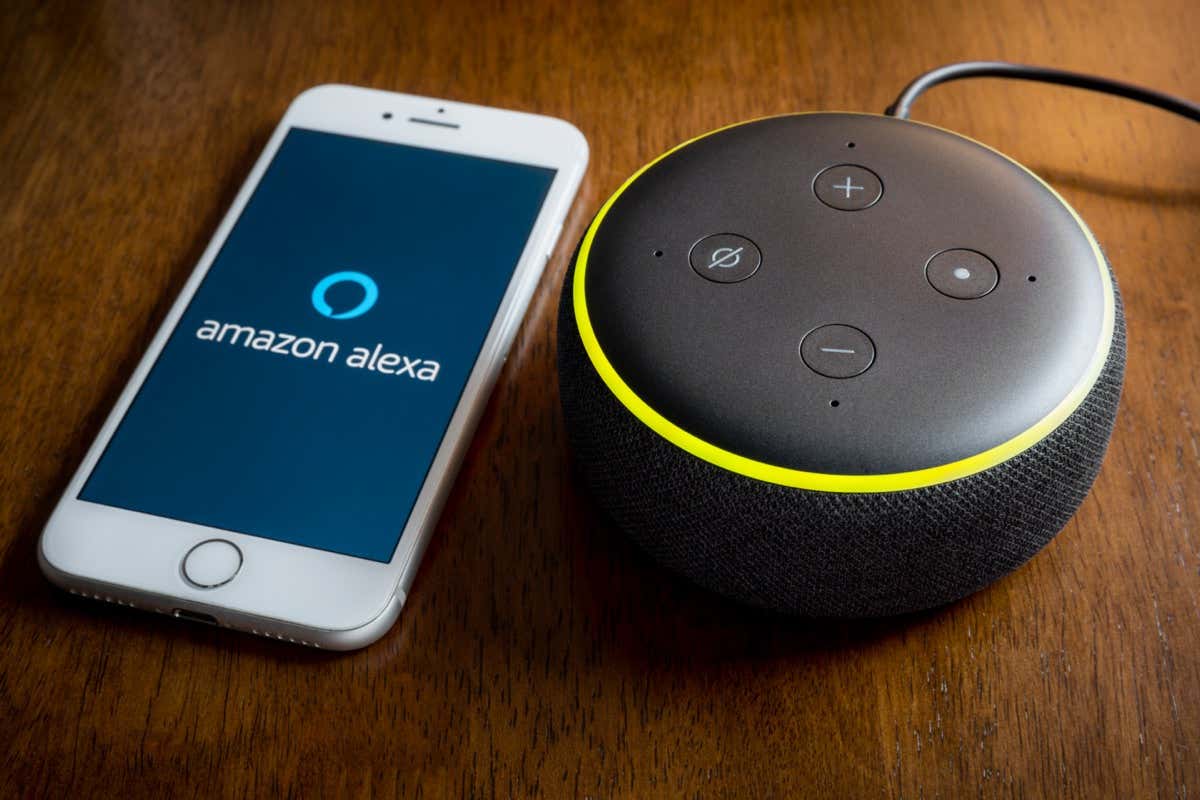
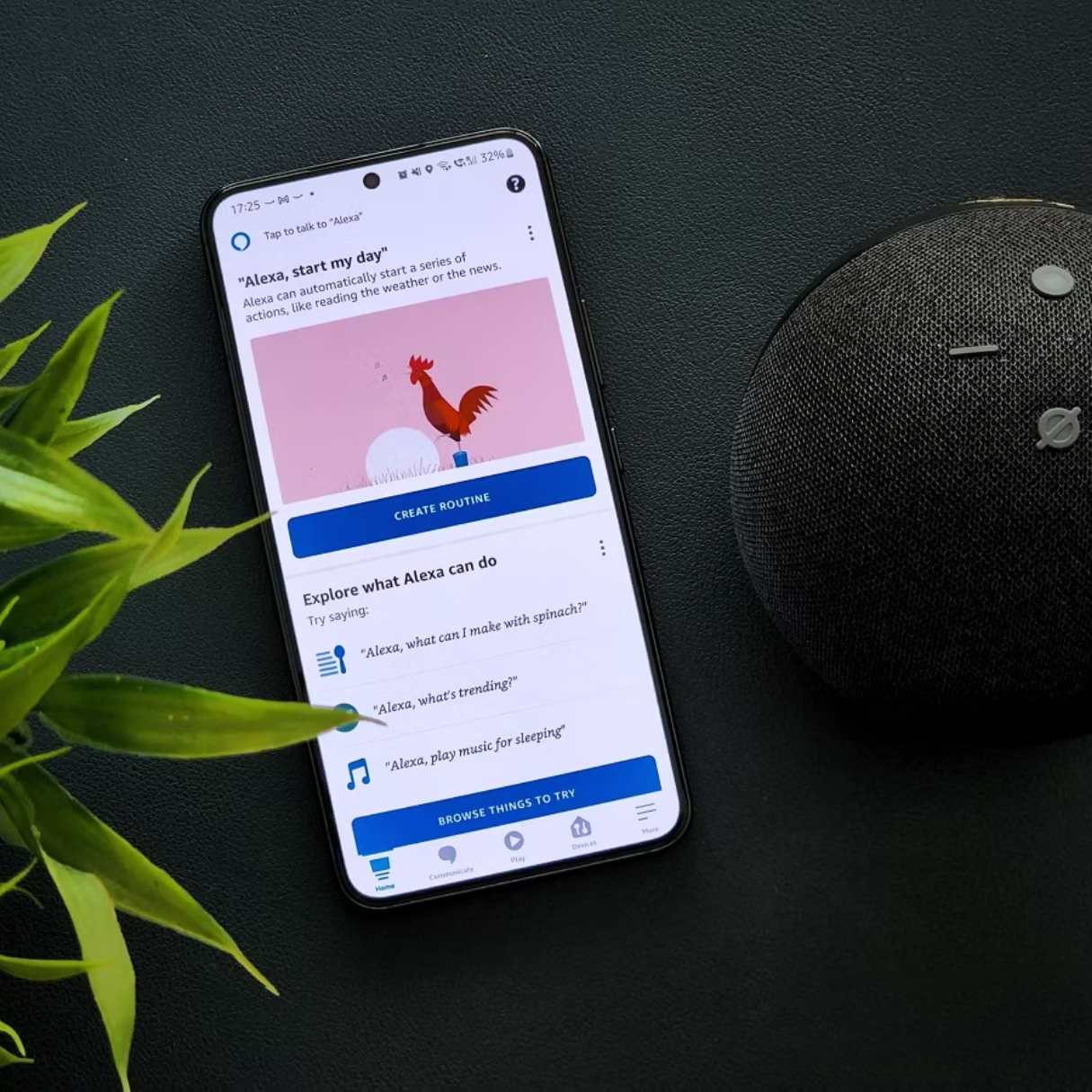
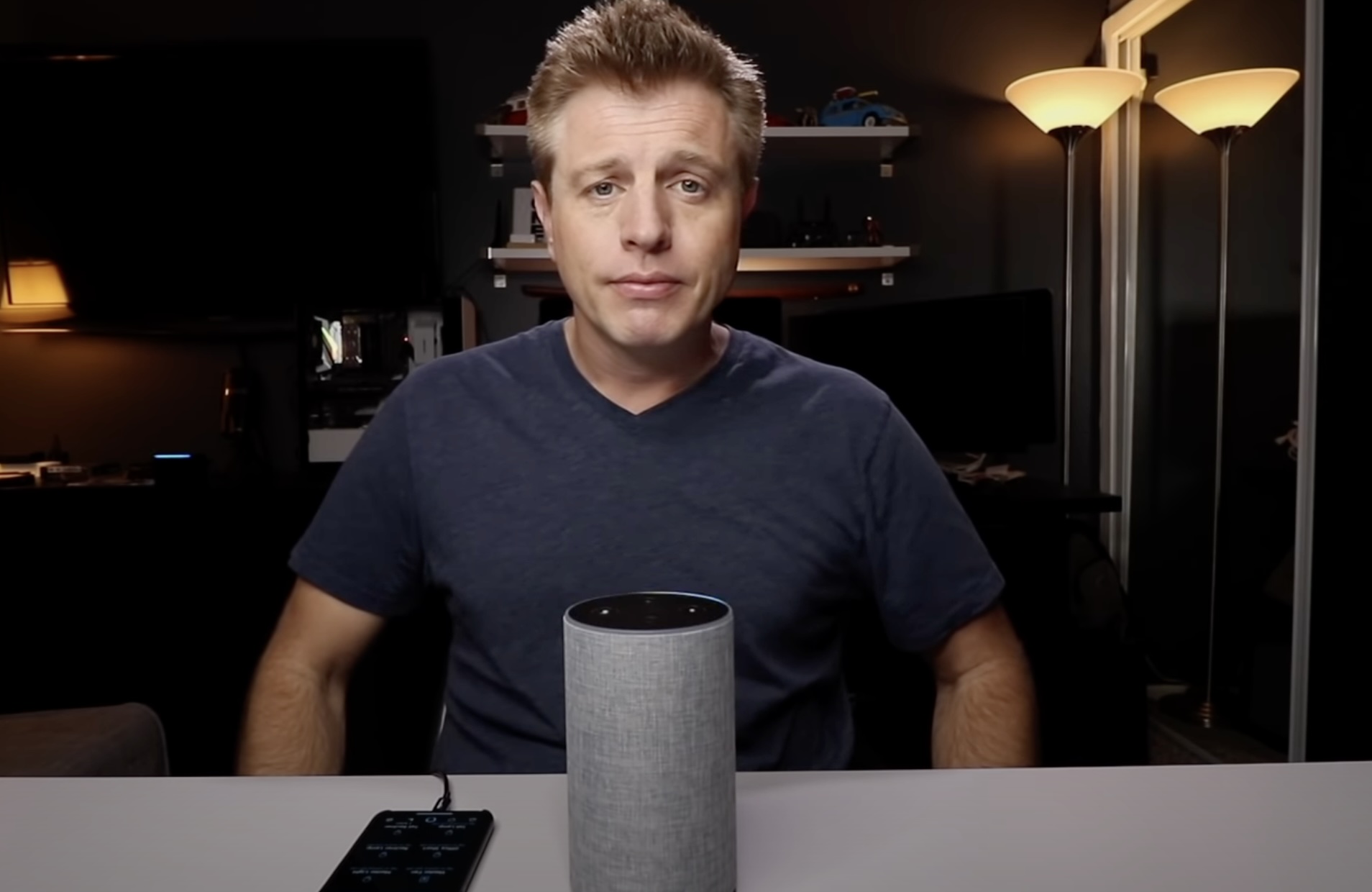






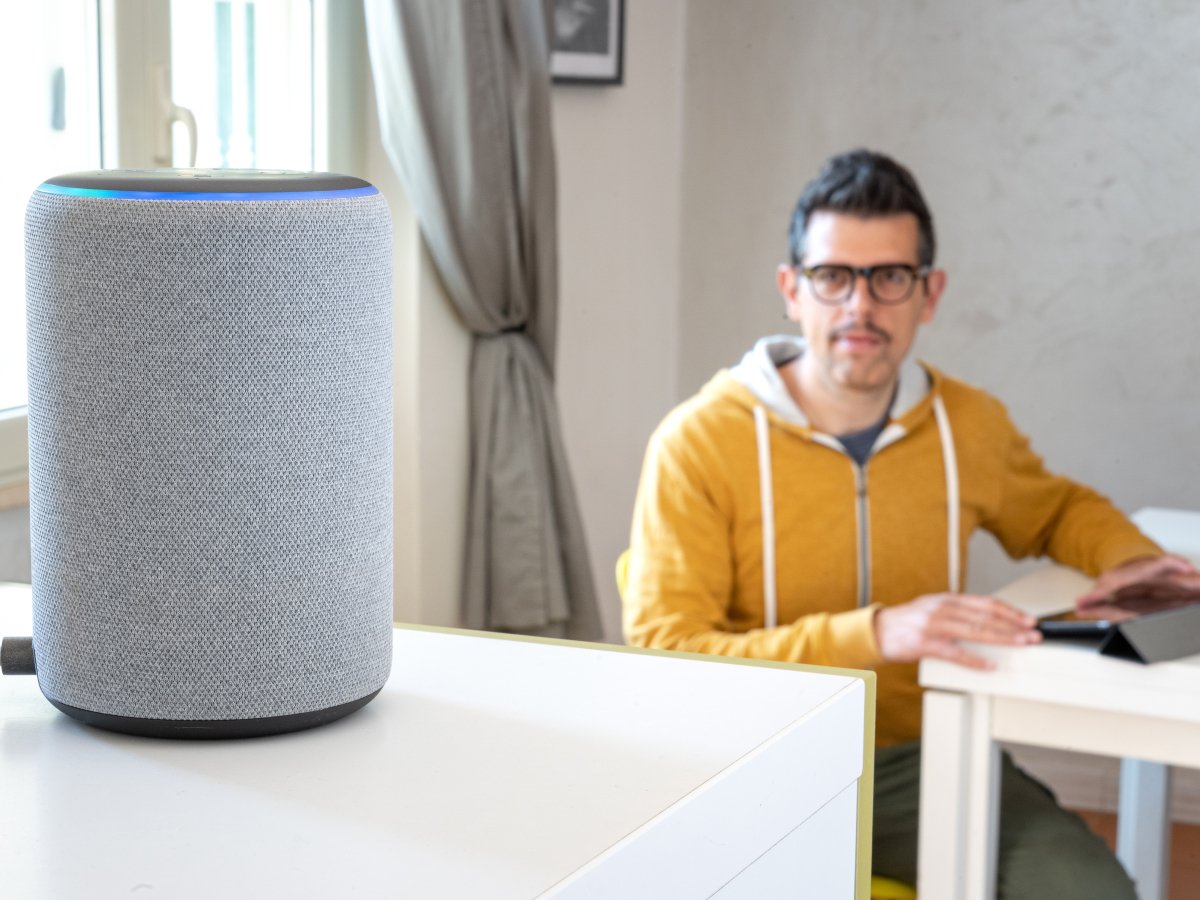

0 thoughts on “How To Create Your Own Alexa Skill”